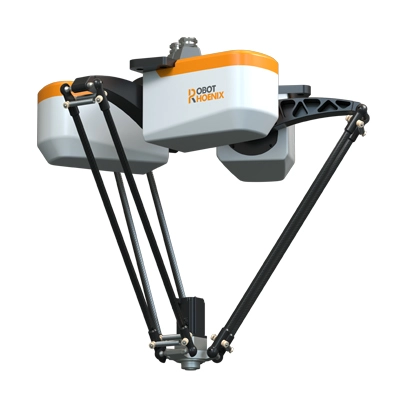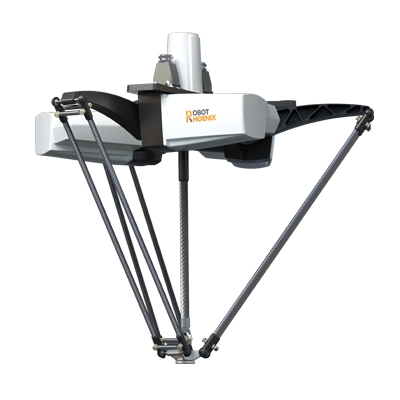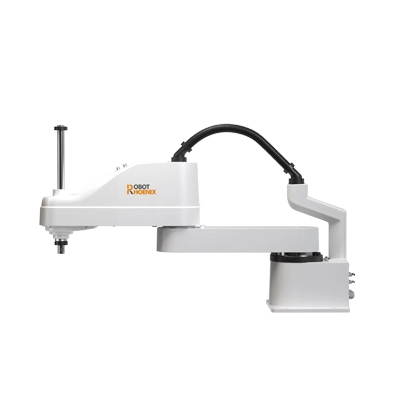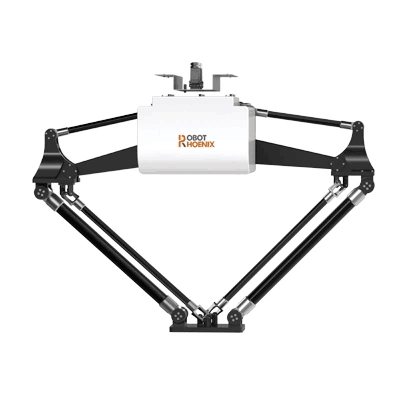In the ever-evolving landscape of robotics, the paradigm is shifting towards not only efficiency and precision but also sustainability. SCARA (Selective Compliance Articulated Robot Arm) robots, known for their dexterity and versatility, are now at the forefront of a new wave of eco-friendly robotics. This passage delves into the sustainable aspects of SCARA robot design, exploring how innovations in materials, energy efficiency, and life cycle management contribute to a greener and more environmentally conscious future.
Sustainable Materials: Paving the Way for Green Robotics
The sustainable journey of SCARA robots begins with the materials used in their construction. Designers are increasingly opting for recyclable and biodegradable components, reducing the environmental impact of manufacturing and end-of-life disposal. From lightweight alloys to bio-based plastics, the selection of eco-friendly materials not only lessens the carbon footprint but also promotes a circular economy where resources are reused and repurposed.
Energy-Efficient Operation: Reducing the Carbon Footprint
Sustainability in SCARA robot design extends to their operational efficiency. Advanced motion control algorithms optimize movements, minimizing energy consumption while maintaining precision. These optimized algorithms not only reduce the carbon footprint during daily operations but also contribute to lower energy costs, aligning economic benefits with environmental responsibility.
Innovations in regenerative braking systems have become a hallmark of eco-friendly SCARA robot design. During deceleration and braking phases, these systems capture and store energy that would otherwise be dissipated as heat. This stored energy is then redeployed when the robot requires additional power, creating a more energy-efficient cycle and reducing overall energy consumption.
Life Cycle Management: Extending Robotic Sustainability
Sustainability in SCARA robot design is not confined to their initial creation; it extends throughout their entire life cycle. A key aspect is the adoption of modular design principles that facilitate upgradability. Instead of replacing entire robots, modular components allow for easy upgrades, reducing electronic waste and prolonging the functional lifespan of SCARA robots.
As SCARA robots reach the end of their operational life, responsible end-of-life practices become paramount. Designers are incorporating features that facilitate efficient dismantling and recycling. This not only minimizes the environmental impact of disposal but also aligns with global initiatives to reduce electronic waste and promote a more sustainable approach to robotics.
The Integration of Green Technologies: Pushing the Boundaries
The integration of green technologies is pushing the boundaries of sustainable SCARA robot design. Solar-powered robotics, harnessing energy from renewable sources, are becoming a reality. By incorporating solar panels into the robot's structure, designers aim to create SCARA robots that can operate independently of conventional power sources, reducing reliance on non-renewable energy.
The Path Ahead: Embracing a Sustainable Robotic Revolution
The path ahead for sustainable SCARA robot design involves collaborative efforts among manufacturers, researchers, and policymakers. Shared initiatives are essential to drive innovation, standardize eco-friendly practices, and create a global framework for sustainable robotics. By fostering a culture of sustainability, the robotics industry can contribute significantly to a greener future.
Education and awareness initiatives play a crucial role in shaping the future of sustainable robotics. By informing stakeholders about the environmental impact of robotic technologies and promoting sustainable practices, the industry can create a collective consciousness that prioritizes both technological advancement and ecological responsibility.
In conclusion, the concept of eco-friendly robotics is transforming the design landscape of SCARA robots. From the materials used in their construction to energy-efficient operation, life cycle management, and the integration of green technologies, sustainability has become a guiding principle in the evolution of SCARA robotics. As the industry continues to push the boundaries of green innovation, SCARA robots are poised to lead the way in demonstrating that precision and sustainability can go hand in hand, nurturing a green revolution in the world of robotics.
 Learn More
Learn More 
 EN
EN  ja
ja  ko
ko  fr
fr  de
de  es
es  ru
ru  pt
pt  ar
ar  vi
vi  ur
ur 





